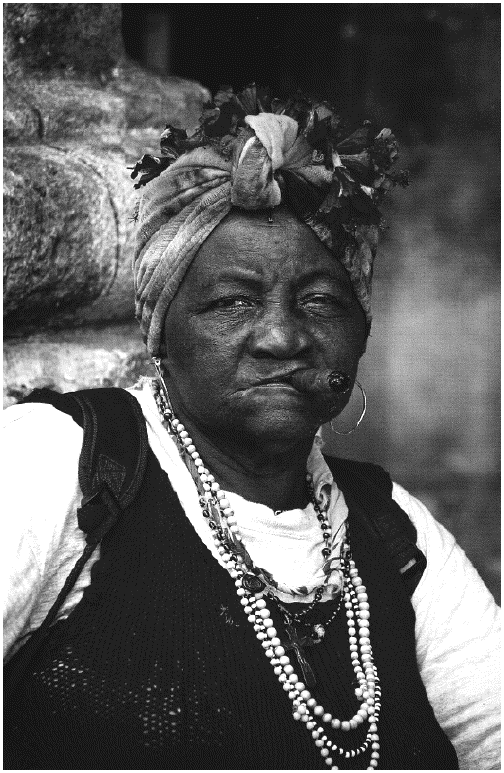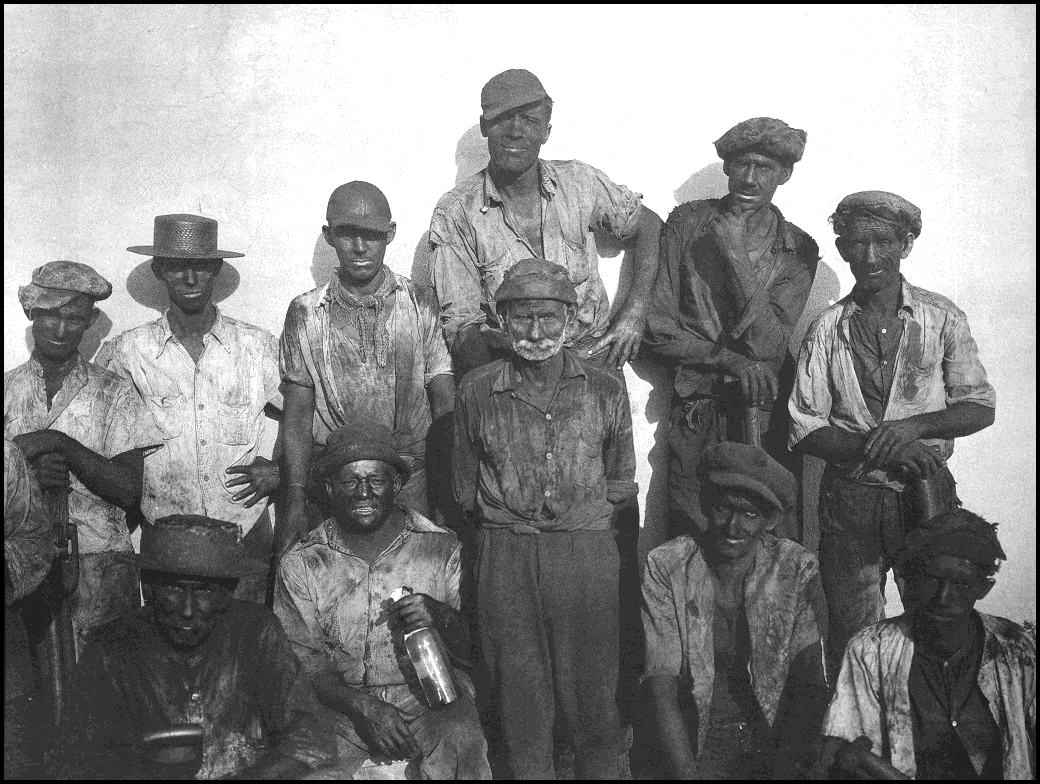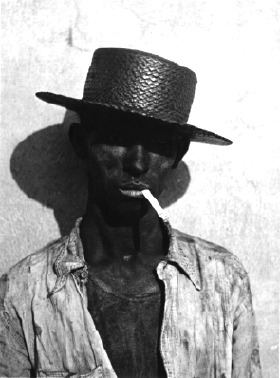La Habana Vieja
Spirit of the Living City
Espíritu de la ciudad viva
Chip Cooper
Néstor Martí
(University of Alabama Press)

They neglect to explain why those of us in the Western Hemisphere are privileged to have preserved this grand old city... frozen in amber for the last half-century.
For Cuba in general and Havana in particular are the product of the biggest and no doubt the dumbest episode of sabre-rattling in the history of humanity. This particular blither was initiated by Russia and the United States right after WWII and it essentially robbed all of us of seventeen billion trillion dollars spent on bombers and submarines and nuclear warheads, money that might better have been used for food and transport and child-care and eradication of disease and infrastructure in both countries, not to say the world.
Trust mankind: rather than the care and feeding of the poor, we piss away as much as we can in an armaments race the likes of which the world has never known and --- god let's hope --- we may never have to go through again.
Caught right smack dab in the middle of this song-and-dance was Cuba, which --- before 1959 --- had been more or less run by the United States as a personal fiefdom dominated by the Mafioso, the owners of sugar plantations, both of whom united with the Super-Patriots to be officially designated hard-nosed Enemies of Communism.
The fancied threat of this island nation took sway in the fertile imaginations of the Dulles brothers, Joe McCarthy, James Eastland, Pat McCarran and the Kennedys. If we couldn't run Cuba as we saw fit under the fist of Fulencio Batista, then damn it to hell, we would cut off their access to food, clothing, medical help and any and all humanitarian aid.
We tried mightily to get rid of Fidel Castro by seeding his office with explosive cigars, dusting arsenic on the steering wheels of his cars, and sending several old Cubans back to visit through an embarkation point known as the Bay of Pigs.
Castro's response: since we were welcoming all Cubans to the Land of the Free and the Home of the Brave he would send us his best exports. He opened the doors of his prisons to release those who had been stored for so long: the hardest and most vicious of Cuba's criminal class. He gave them all free, safe passage to Florida so we Americans could enjoy the fruits of their labors, which we have continued to do now for years in the form of inside jobs, robberies, white-collar crimes, blackmail, prostitution, rape, drug-running, assault and battery and any other mischief these folk can come up with.
This release served one grand purpose: Castro no longer had to feed and clothe his top criminal class; America was now given the task of standing in for him.
We still haven't been able to get rid of Castro, but we have made Cuba suffer by withholding the prizes of late twentieth century urban life: street crime, drugs, International style skyscrapers to kill the street life, parking garages and a zillion cars. Thus while Havana grows old and more beautiful, we have created a brave new America class structure ... the homeless, the hungry, the drugged, the poverty-stricken, all bearing signs advertising that they will work for nothing but food. Castro and his countryfolk have had to make do with the relics of the '40s, and '50s: old store fronts, single-story attached homes, broad bricked streets, old fountains, elegant entry-ways, gilded doorways with ancient balconies on top, lovely two- and three-unit apartments, an exqusite street-life, and ramshackle old vehicles which are now officially designated as "antiques" ... and are now in their prime.

Old Havana sports over two-hundred elegantly colored photographs of the city's "street life." The book is wisely timed to hit the stands at that time when the United States has decided to start allowing its citizens to visit there and see what we have missed.The book gives a prettified view of the city --- there's not much of the more tawdry street life shown --- but it is, nonetheless, a beguiling portrait. Cigar-smoking women, children playing 'futbol,' fishermen on the Malecón, and those great lovely dilapidated plaster-falling-off walls, slightly mildewed arches, faded blue and red and pink buildings, tilted cupolas --- in general, an ancient city that you and I wished we had grown up in, the ancient city of our dreams.
In the brief comments at the beginning of this oversized book there are several references to Walker Evans and the volume he produced with Carleton Beals in 1933, El Crimen de Cuba. It was a not-so-subtle message that Cuba under President Machado was run not by Cubans but by unnamed American corporations who had their tentacles everywhere and were quick to destroy any who opposed them.
Evans produced fifty-seven glorious photographic plates which showed life in Havana as nasty, short, and gritty [See, for example, his portrait of Cuban dock workers above or here to the left].
Despite the many flattering tributes to Evans, little of his art --- much less his revolutionary spirit --- is reflected in these lush new photographs. (It would have been generous of the publisher to give us a few of his startling black-and-white portraits of the simple folk of Havana, 1933). It is a coffee-table come-on to an island whose doors will soon be open to plump camera-toting American tourists, all of whom can be party to what one critic has called "The Great Golden Egg Laid by the Goose of the Cold War."--- Lolita Lark
